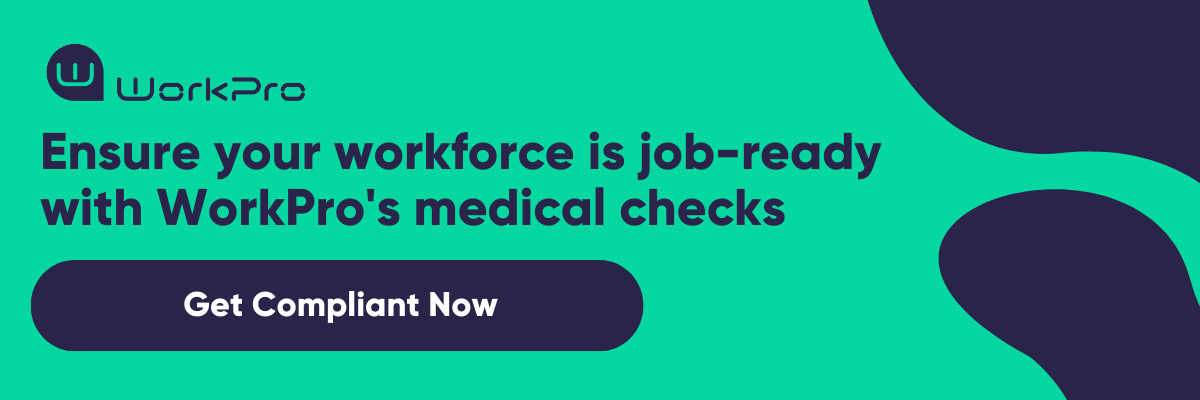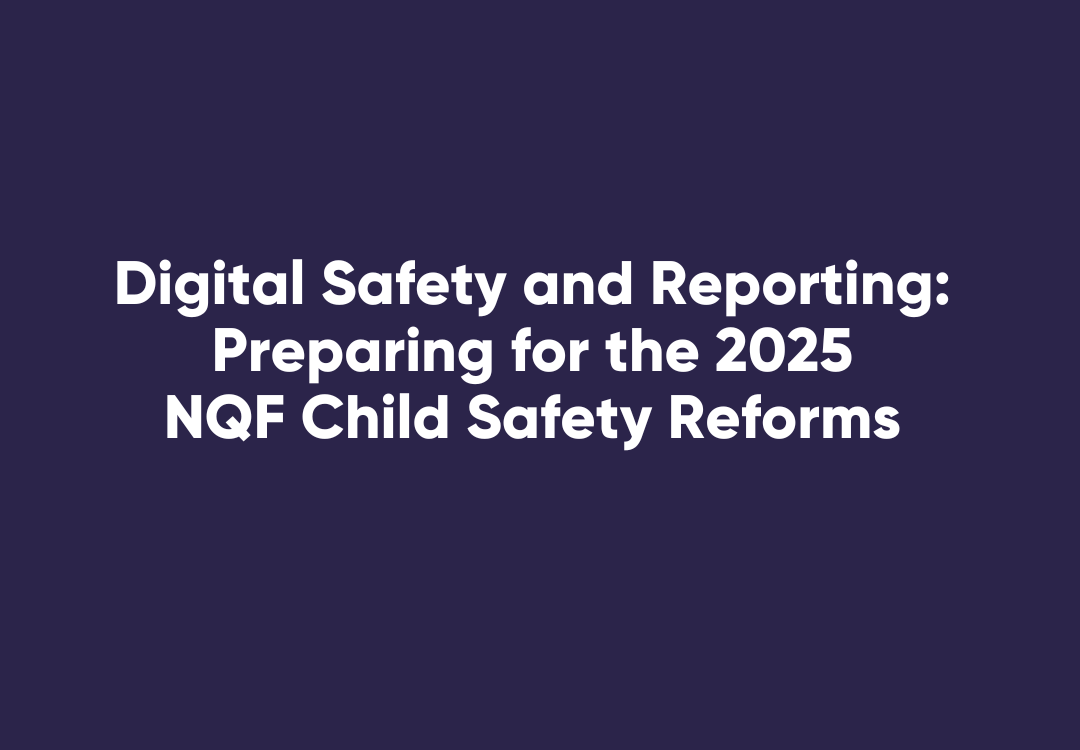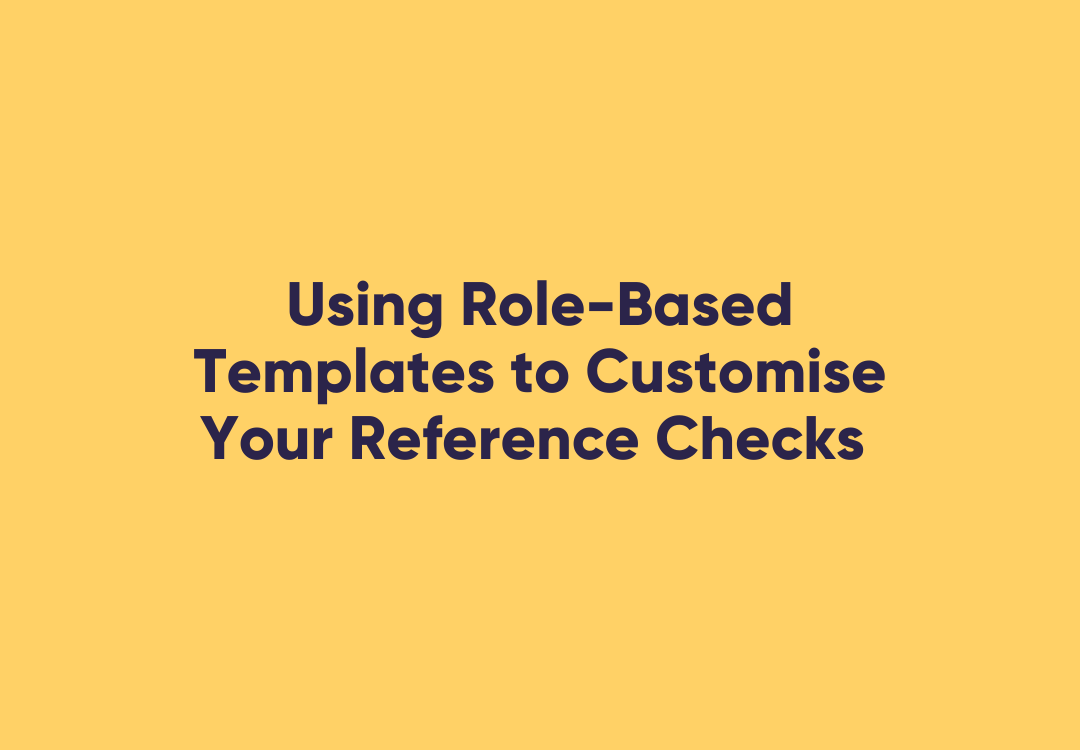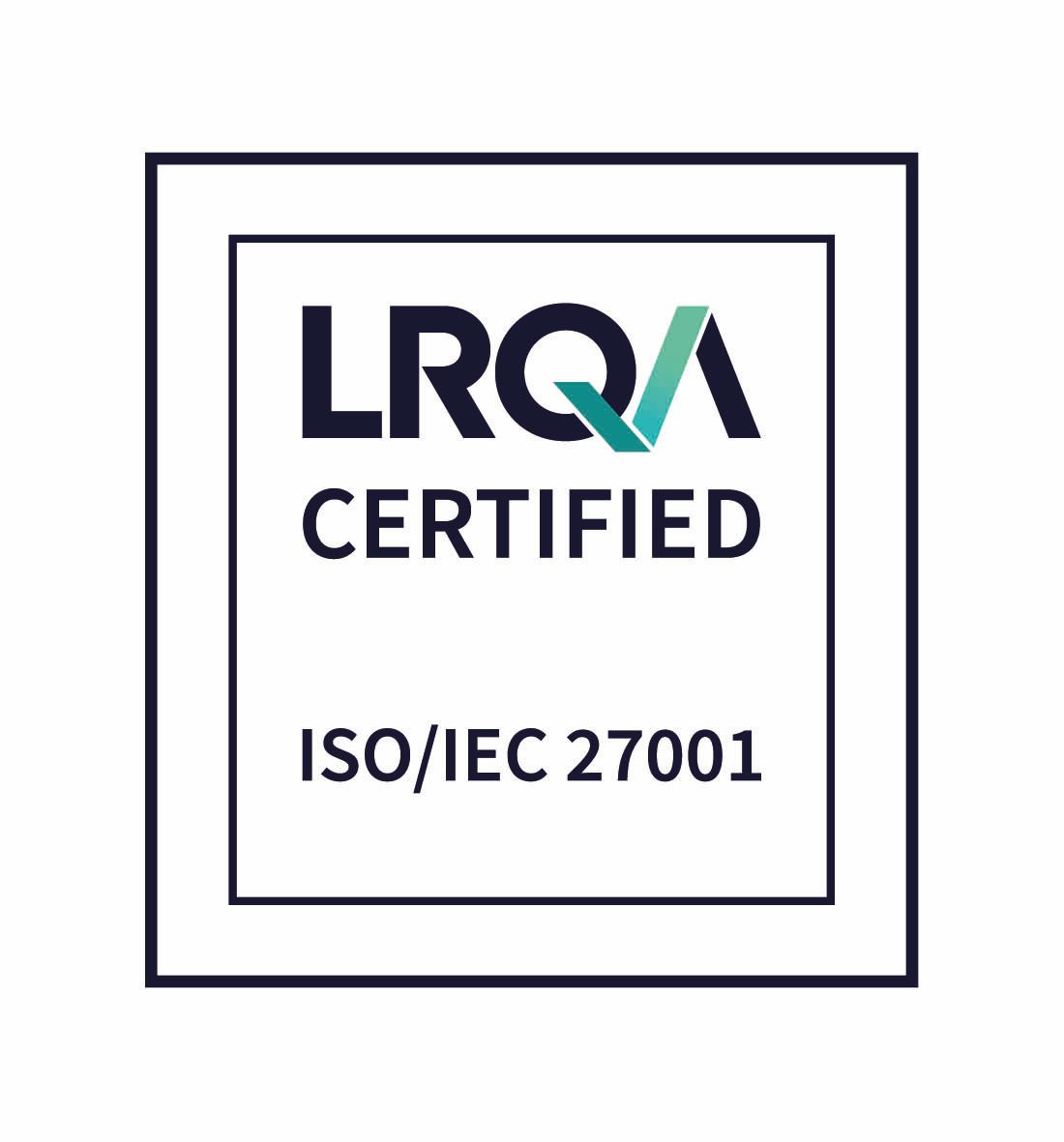Recruitment. Management. Experience. What are the key influences for employee engagement?
In a recent WorkPro Podcast, host Gene Blackley along with the HR Dept’s Brad Adams (Sydney based Franchise Director) and Sarah Fox (International Franchise Manager) discussed a number of key topics relevant to the HR sector both from an Australian and UK-based perspective.
Interestingly, one of the topics raised was employee engagement and the challenges relating to attracting and recruiting staff. It led to some reflection on where Australia sits in terms of engagement in a global context and what factors influence these statistics.
Employee engagement is defined by Forbes as “the emotional commitment the employee has to the organisation.”
Forbes believes this emotional commitment means “engaged employees actually care about their work and their company.
They don’t work just for a paycheck, or just for the next promotion, but work on behalf of the organisation’s goals.
When employees care—when they are engaged—they use discretionary effort.”
Employee engagement has such an impact on business output that companies are investing significantly in employee engagement, and focusing on continuous improvement as the employment landscape evolves, according to Amrit Sandhar of MinuteHack.
It’s a seemingly simple concept argued by Sandhar: employees that are engaged within the business and are a part of a healthy workplace will produce greater work and therefore, profit for the company.
Mark Zuckerberg, founder of Facebook, recounts a story where former President John F. Kennedy visited the NASA space centre, and saw a janitor carrying a broom.
When Kennedy asked the janitor what he was doing, the man replied, “Mr. President, I’m helping put a man on the moon.”
However, recent studies are finding that employee engagement is declining, and businesses are needing to address how to keep their employees engaged more than before.
According to a Gallup study, employee engagement in Australia and New Zealand is at just 14%, while Cascade HR ranked the top two challenges faced by HR in 2018 as employee engagement (41%) and retention (35%).
Kirstie Kelly, director of LaunchPad Recruits, argues that the key to improving employee engagement begins with the recruitment process.
“It’s important to ensure candidates are properly engaged throughout the recruitment process in order to guarantee their investment in the company if and when they are offered a position,” Kelly writes.
“To do this, each component of (the) overall recruitment program needs to be considered carefully with your target audience in mind.”
“Even the smallest details, such as job board posts and visual branding will factor into a top candidate’s decision to decline or accept an offer.”
Along with the recruitment process, another element of employee engagement is the management processes within an organisation.
Brad Adams, a Sydney based Franchise Director of the HR Dept, told Gene Blackley in the WorkPro podcast that he sees one of the main challenges as ensuring that HR is simple to manage.
Adams has experience as a business leader, with a strong passion for delivering strategic human resources to small businesses, and has gained a reputation for a practical and pragmatic approach to managing people in alignment with business strategy.
“Let’s face it, whether you like it or not, HR is extremely complex,” Adams said on the podcast.
“We see that (complexity) every day. The decisions that are handed down, the wide variance of how employers and employees engage and that’s even without starting at the more complex areas of the impact of culture, leadership, performance and motivation and how they’ve been leading to business success.”
Forbes’ Naz Beheshti expands on this, offering the argument that employee experience is the key to ensuring engagement throughout a company.
“Low employee engagement is more a sign that something else is missing,” Beheshti writes.
“Employee experience is a more ambitious and holistic approach to engagement.”
“For decades, the primary end goal of engagement efforts was increased performance and reduced turnover.
Those remain important objectives, but the new approach embraces the employee as a whole person.”
“The goal now is to create jobs that are not just satisfying, but meaningful.”
Beheshti goes on to argue that creating an optimal experience is not just adding perks and fine-tuning a job, but a fundamental shift in perspective.
As Beheshti says: “Looking at the workplace through the lens of the employee and not the employer.”
This is important for employers to make sure they listen to their employees, and engage them in their work.
While Beheshti suggests to address engagement from management processes, Denise Lee Yohn offers a different viewpoint, looking at retention tactics for companies to keep employees engaged long-term.
Lee Yohn argues that while feedback is good for engagement of employees, action is better, and that businesses must take action on feedback that receive from employees in order to make their company more efficient.
“When employee engagement was a new phenomenon, it might have been enough for companies (to) simply gather information from and about employees,” Lee Yohn writes.
“Simply knowing and tracking employee engagement was an important starting point for understanding the state of affairs and generating insights about the workforce.”
“But knowledge is only as valuable as what it is used for. And more knowledge (what many companies are focused on) doesn’t necessarily translate into better outcomes (what all companies need.)”
Lee Yohn references DeRay McKesson, an activist who is renowned for his work with the Black Lives Matter movement, who advised, “Never confuse a change in conversation with a change in outcome.”
This speaks to all levels of society, not just in activist movements. You can see the parallels in business, and it is essential that talk becomes action, otherwise feedback from employees will simply fall on deaf ears.
“It’s easier to talk about learning from employees than it is to act on the learning,” Lee Yohn explains.
Both Lee Yohn and Beheshti argue that while many companies love surveys, if nothing is done with them, it becomes disheartening for employees to continue to complete them, so for businesses to implement successful retention strategies, they must take their employees advice on board, and act on it.
Lee Yohn even concludes her piece by quoting Culture Amp CEO Didier Elzinga: “the common reason people don’t want to fill out your survey is that you haven’t done anything since the last one.
They don’t have survey fatigue; they have lack of action fatigue.”
With the various debates to how to improve employee engagement, and the varying assets that influence engagement as a whole, it appears the core factors regarding employee engagement are processes that lead to a heightened experience for the employee, and therefore better retention rates for businesses.
Evidence shows that these factors have a significant impact on the efficiency and output on a company.
If companies are able to address these key elements, it is likely that this will go a long way in improving employee performance and business success.
To hear more about key topics relevant to the HR sector click here to listen to the WorkPro Podcast with the HR Dept’s Brad Adams and Sarah Fox.












